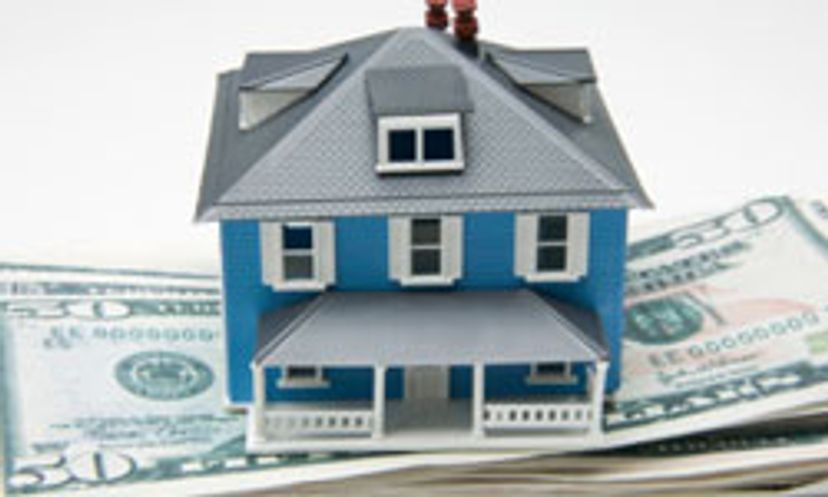
About This Quiz
We know that the mere mention of the word 'mortgage' might induce a cold sweat -- or make you want to take a nice, long nap instead of taking this quiz. But before you dismiss the topic as too boring or complicated, remember that lack of education is the reason that so many people are caught up in this mortgage mess. So doesn't it make sense to educate yourself? And this easy little quiz is just the way to get your feet wet.Use the handy acronym PITI to remember this one -- principal, interest, taxes, insurance.
Subprime mortgages are tempting because their interest rates are so low -- but then they're hiked after a few years. They're also offered to buyers with poor credit, who often have trouble making those higher payments.
Subprime' mortgages refer to the borrower's credit score, not the loan's low interest rate. Most people have credit scores at least in the mid- to high 600s, and subprime borrowers fall under 620.
Advertisement
California has more homes than any state and thus the most foreclosures -- it also has the highest subprime mortgage rate.
Companies change names and are bought and sold on a seemingly daily basis these days, but Countrywide was the champ at press time.
Extra payments go directly to the principle of your loan (as opposed to paying off interest). So just one extra payment a year goes a long way -- it will shorten your loan term by 10 years.
Advertisement
Fixed-rate mortgages come in 15-, 20- and 30-year terms.
Thirty-year mortgages are the easiest to get -- the longer term also results in lower payments, and you get a bigger tax deduction.
The interest rates on adjustable-rate mortgages change with market rates. The rates are lower but obviously not as stable, so ARMs are best if you aren't planning on staying in the house long-term.
Advertisement
ARM interest rates have been known to increase up to 50 percent, and maybe even more.
Curtailment of income' was the main reason, although it's important to remember that the major fallout from subprime mortgages was still to come, at the end of 2008.
There were a whopping 71 percent more homes in foreclosure in 2008 -- almost 2 percent of all homes.
Advertisement
If you're financing more than $300,700, you have a jumbo loan.
Most lenders want you to have a 28/36 debt-to-income ratio.
Twenty-eight is the maximum percentage of your monthly pretax income that you can spend on housing. So if your potential new mortgage would equal 30 percent of your income, you either wouldn't qualify for the loan or you'd have to do a lot of wheeling and dealing to get it.
Advertisement
It means that your total monthly debt, including mortgage, must be no more than 36 percent of your monthly income. So you could qualify with the aforementioned 28 percent part, but if you have car payments and student loans that add up to more than 36 percent of your monthly income, you could be out of luck.
Two is the magic number, even for part-time employees or if you're self-employed.
Closing costs vary according to the tax rates where you live, but 3 to 6 percent is about average.
Advertisement
Insurance companies, not banks, actually came up with the idea for mortgages. But before 1934, when the Federal Housing Administration stepped in, down payments could be as high as 80 percent.
The falling housing market -- and a zillion other factors -- have caused more homeowners than ever before to be upside-down on their mortgages, meaning they owe more than the house is worth.